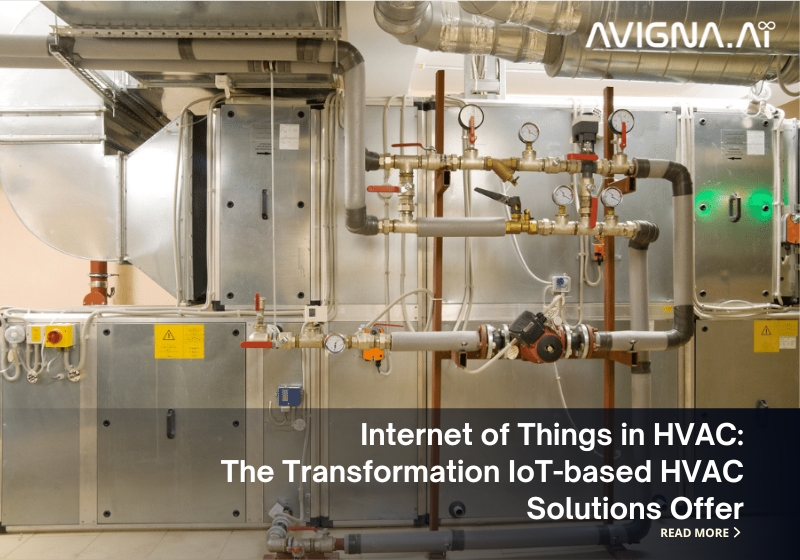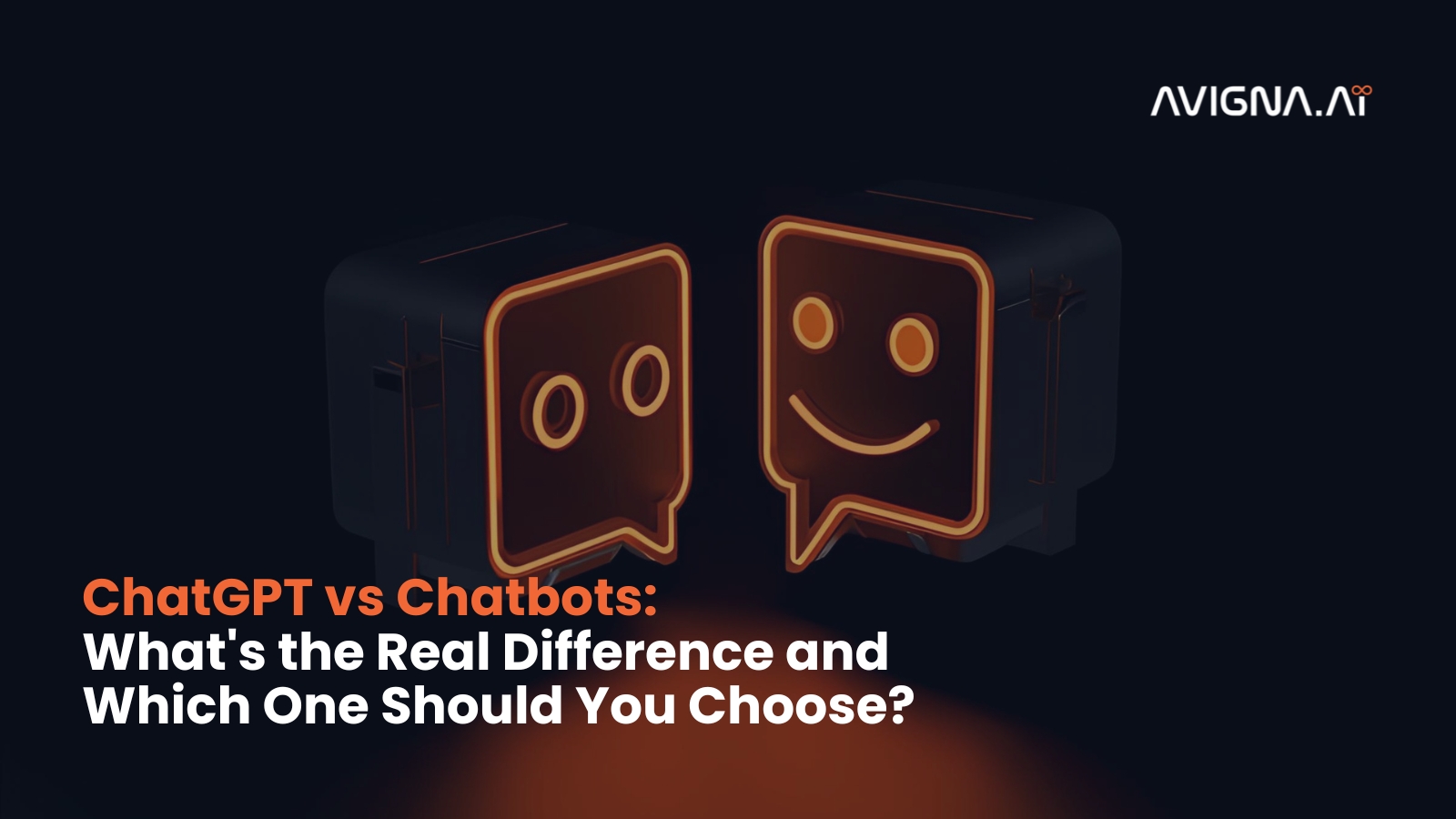Have you ever stared in awe as the thermostat in your home worked its magic, keeping you cozy without any command from you? What if HVAC systems could do so much more – heal themselves before breaking, sync with the weather outside, and optimize energy usage every step of the way? This possibility is fast becoming our reality thanks to new advancements in IoT-based HVAC solutions. By infusing intelligence into these mechanical systems, IoT lets HVAC wave its own ‘magic wand’ with excellent results. In this blog, I will discuss how IoT grants superpowers to HVAC!
The Dawn of the Internet of Things in HVAC
IoT allows HVAC systems to be equipped with sensors and controllers that make them “smart”. Devices with built-in features like Bluetooth and WiFi can now communicate from a distance. Information regarding factors such as temperature, pressure, vibration, energy usage, and more are sent to the cloud instantly. This forms the basis of different IoT applications in HVAC.
- Smart HVAC solutions to monitor conditions like temperature, humidity, and occupancy.
- Programmable thermostats with connectivity.
- Gateway/hub to send sensor data to the cloud.
- Cloud-based monitoring platform.
- Mobile app for remote access.
Such solutions bring advanced capabilities like remote monitoring, data analytics, predictive maintenance, and energy optimization. Now I will explore some top ways IoT is enhancing HVAC systems.
Active Energy Management
Ever-rising electricity costs pressure businesses and consumers to optimize energy usage. IoT-based HVAC solutions help achieve this through active energy management capabilities. Sensors track parameters like occupancy and weather to adjust HVAC operation accordingly.
For example, the system could detect if a space is unoccupied and raise/lower temperatures to save conditioning unneeded areas. Cloud analytics also help identify energy-intensive equipment for potential upgrades. By leveraging these insights, HVAC managers can reduce energy costs by up to 30%.
Enhanced Comfort and Convenience
Traditional thermostats provide essential on/off controls with limited customization options. IoT applications in HVAC enhance comfort with advanced functionalities. Programmable smart thermostats dating customized schedules can be set up according to user preferences.
Homeowners can remotely access and control HVAC systems using smartphones for added convenience. HVAC technicians also benefit from remote troubleshooting capabilities. Such features make indoor environments more comfortable while reducing service calls.
Data-Driven Decision Making
An often-underestimated advantage is how the Internet of Things in HVAC produces performance data. Parameters like temperature variance, energy consumption patterns, equipment run times, etc., are logged continuously.
Cloud platforms then provide analyzed key insights through customizable reports and dashboards. HVAC operators can leverage these records for strategic planning, budgeting, system upgrades, and certification compliance. Data aids fact-based decision-making, ultimately boosting operational efficiency across the organization.
Aligning HVAC with Smart Buildings
IoT is a foundational technology for transforming buildings into intelligent, connected ecosystems. It allows integrated control and management of multiple building systems, including access control, lighting, and security alongside HVAC.
For example, sensors can automatically adjust HVAC based on occupancy detected by an intelligent access system. Further, energy usage patterns are optimized across all systems through artificial intelligence. Such converged smart building solutions deliver unmatched comfort, convenience and energy savings for commercial facilities.
Emerging IoT Applications in HVAC
While the basic capabilities of IoT in HVAC are remote monitoring and control, energy optimization, predictive maintenance, and regulatory reporting, newer areas are also emerging:
Usage-based Pricing
Like usage-based phone plans, IoT allows a pay-per-use model for HVAC systems. Customers pay monthly rentals along with fees determined by actual system usage. This lowers upfront costs.
Data Analytics for Performance Insights
Advanced analytics of the Internet of Things in HVAC provides a deeper understanding of how systems operate under different conditions. It helps diagnose root causes, track performance over time, and enhance equipment servicing strategies.
Geofencing with Occupancy Sensing
Sensors detect the presence of occupants to adjust the internal environment only as per actual requirements. With geofencing that regulates HVAC based on user location, considerable energy savings can be achieved.
Integration with Building Management Systems
Advanced IoT-based HVAC solutions coordinate with other facility automation controls like access, lighting, and security. This delivers optimized comfort while lowering operating expenses for commercial real estate portfolios.

Download this case study to learn how we implemented IIoT for a prominent original equipment manufacturer (OEM) specializing in the construction of heating, ventilation, and air conditioning (HVAC) equipment. Get detailed insights into the process that helped us achieve the results for our customers.
Empowering HVAC Stakeholders with IoT
IoT-based HVAC systems empower diverse stakeholders in the value chain with actionable insights:
Equipment Manufacturers: Equipment health data aids failure analysis and supports the R&D of durable, efficient products. Continuous system optimizations also help gain customer loyalty.
HVAC Contractors: Analytics reveals high incidence areas to target preventative maintenance. The remote service model increases profitable recurring revenues. First-mover advantage is established in the connected solutions space.
Building Owners/Managers: Live monitoring ensures compliance and smooth operations while reducing energy bills. Occupancy-driven adjustments up occupancy comfort levels. Performance baselining supports infrastructure investments.
HVAC Technicians: Condition-based service scheduling improves profitability. Diagnostics is faster with remote access to real-time operational insights. Skills can be focused on higher-value tasks vs reactive calls.
Customers: Comfort is optimized based on actual usage vs schedules. Transparency in eco-friendly operations boosts brand image. Service remains uninterrupted with a predictive maintenance approach.
Strategies To Promote HVAC among consumers
Here are some effective strategies HVAC providers can use to convince customers about the benefits of IoT applications in HVAC:
- Emphasize energy savings: Customers are always looking to reduce bills. Explaining how IoT enables optimization of HVAC usage based on conditions can lower costs by 15-30%.
- Highlight improved comfort: Smart thermostats allow easy temperature control from anywhere. Customized schedules ensure ideal comfort. Remote diagnostics address issues faster.
- Promote preventive maintenance benefits: Explaining how IoT detects faults early avoids expensive breakdowns. Remote monitoring reduces service calls. This improves uptime for commercial customers.
- Discuss futureproofing: IoT solves future needs like integration with other intelligent building systems. Customers don’t need additional investment for innovations like AI-based analytics.
- Offer pilot programs: Inviting select customers to try the IoT solution for 3-6 months allows them to experience benefits first-hand. This is more convincing than theoretical sales pitches.
- Leverage case studies: Real-world examples demonstrating ROI convince better than vague claims. Case studies of similar customers add credibility to the value shown.
- Incentivize switching: Initial discounts, free installation, or service plans for IoT systems entice customers to try the new technology. This reduces the perceived risk of upgrade.
- Train sales team well: Sales representatives need to articulate IoT value fluently. Hands-on product demos and role plays help the sales team sell benefits effectively.
Future of IoT-based HVAC Management
While early adoption is underway, IoT in HVAC solutions is poised for mainstream proliferation in the coming years. Analysts say the market will witness a 30% CAGR and surpass $15 billion by 2026.
Key factors driving this growth include competitive pricing of smart devices, maturing connectivity infrastructure, and strong ROI, documented through early adopter case studies. Cloud-driven innovations like predictive analytics, AR/VR-based remote assistance, and edge computing will further augment HVAC management capabilities. The future looks promising as IoT transforms HVAC into an intelligent, self-healing ecosystem.
Booming Future with IoT in HVAC
Traditional HVAC systems served us well for decades but lacked modern connectivity and intelligence. However, with the rise of the Internet of Things, a new class of IoT applications in HVAC is emerging. These solutions offer unparalleled energy savings, comfort, convenience, and maintenance advantages by leveraging intelligent sensors and cloud and mobile technologies. HVAC providers proactively integrate IoT to differentiate their offerings and gain a competitive advantage. Both building owners and service providers should adopt IoT in HVAC to realize thriving outcomes around optimization, uptime, and strategic decision-making. The transformation has begun.
Receive our Free Consultation
At Avigna, we are committed to building a connected world with the power of IoT. Our expertise lies in offering IIoT implementation for heavy industries such as Manufacturing, HVAC, Transportation, Engineering, Construction, and more. For a free IoT consultation, contact us at queries@avigna.ai. Message our experts.



